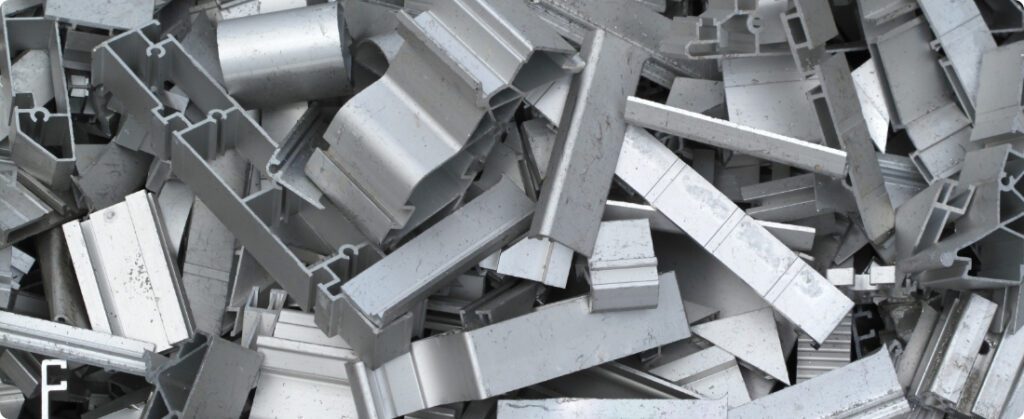
The United States doubled its tariffs on metal imports on Wednesday, the same day that President Donald Trump's administration Donald Trump expects trading partners to make their “best offers” to prevent further punitive import tariffs from taking effect in early July.
Maros Sefcovic, the European Union's trade negotiator, said he had "a productive and constructive discussion" with U.S. Trade Representative Jamieson Greer. The meeting took place in Paris on Wednesday morning.
“We are moving in the right direction at a fast pace – and staying in close contact to maintain the momentum,” Sefcovic said on X, without giving any details about the talks. He would advocate reducing or eliminating threatened tariffs on European imports.
Pressure intensifies with decree and new round of tariffs
Late Tuesday, Trump signed an executive order. The measure went into effect Wednesday and raises tariffs on imported metals to 50%. Previously, since March, the rate had been 25%.
“We started at 25, and after studying the data more, we realized that was a big help, but more help is needed. And that’s why the 50 rate starts tomorrow,” White House economic adviser Kevin Hassett said at a steel industry conference in Washington on Tuesday. The increase took effect at 1:01 a.m. ET.
The increase applies to all trading partners except the UK, the only country so far to have struck a preliminary trade deal with the US during a 90-day pause in a broader series of Trump tariffs. The rate for steel and aluminium imports from the UK – which is not among the top exporters of either metal to the US – will remain at 25% until at least July 9.
The United States imports about a quarter of all the steel it consumes. Census Bureau data suggests that the tariff hikes will hit the country's closest trading partners, Canada and Mexico, the most.
Canada and Mexico are the most affected
Canada will be even more exposed to aluminum tariffs since it exports to the U.S. roughly twice the combined volumes of the other top ten exporters. The U.S. gets about half of its aluminum from foreign sources.
Canadian Prime Minister Mark Carney said the government is conducting intensive and active negotiations to remove these and other tariffs.
Mexico’s Economy Minister Marcelo Ebrard reiterated that the tariffs are unsustainable and unfair. He noted that this assessment becomes even more evident considering that Mexico imports more steel from the United States than it exports to the country.
The tariff hike has shaken the market for both metals this week, especially aluminum. The United States has little capacity to increase domestic production, so import volumes are unlikely to be affected. That is only likely to change if price increases reduce demand.
“Best offer”
On Wednesday, the White House also wants trading partners to propose deals. Such agreements could help them avoid Trump’s hefty “reciprocal” tariffs on imports across the board, which take effect in five weeks.
U.S. officials have been in talks with several countries since Trump announced a pause in those tariffs on April 9, but so far only the deal with the U.K. has been finalized. That pact, however, is more of a preliminary framework for further negotiations.
Reuters reported on Monday that Washington was asking countries to list their best proposals in several key areas. Among them were offers of tariffs and quotas on U.S. goods, as well as plans to eliminate non-tariff barriers.
The letter promises responses “within days.” It also outlines a possible “landing zone,” including the tariff rates countries can expect after the 90-day pause ends on July 8.
What is at stake for most trading partners is whether they will maintain the current base rate of 10% on most exports to the US after that date. Or whether they will have to deal with a possibly much higher rate.
Source: Alexandra Alper in Washington, Brendan O'Boyle, Ismail Shakil, Kiyoshi Takenaka and John Geddie | Notícias Agrícolas












